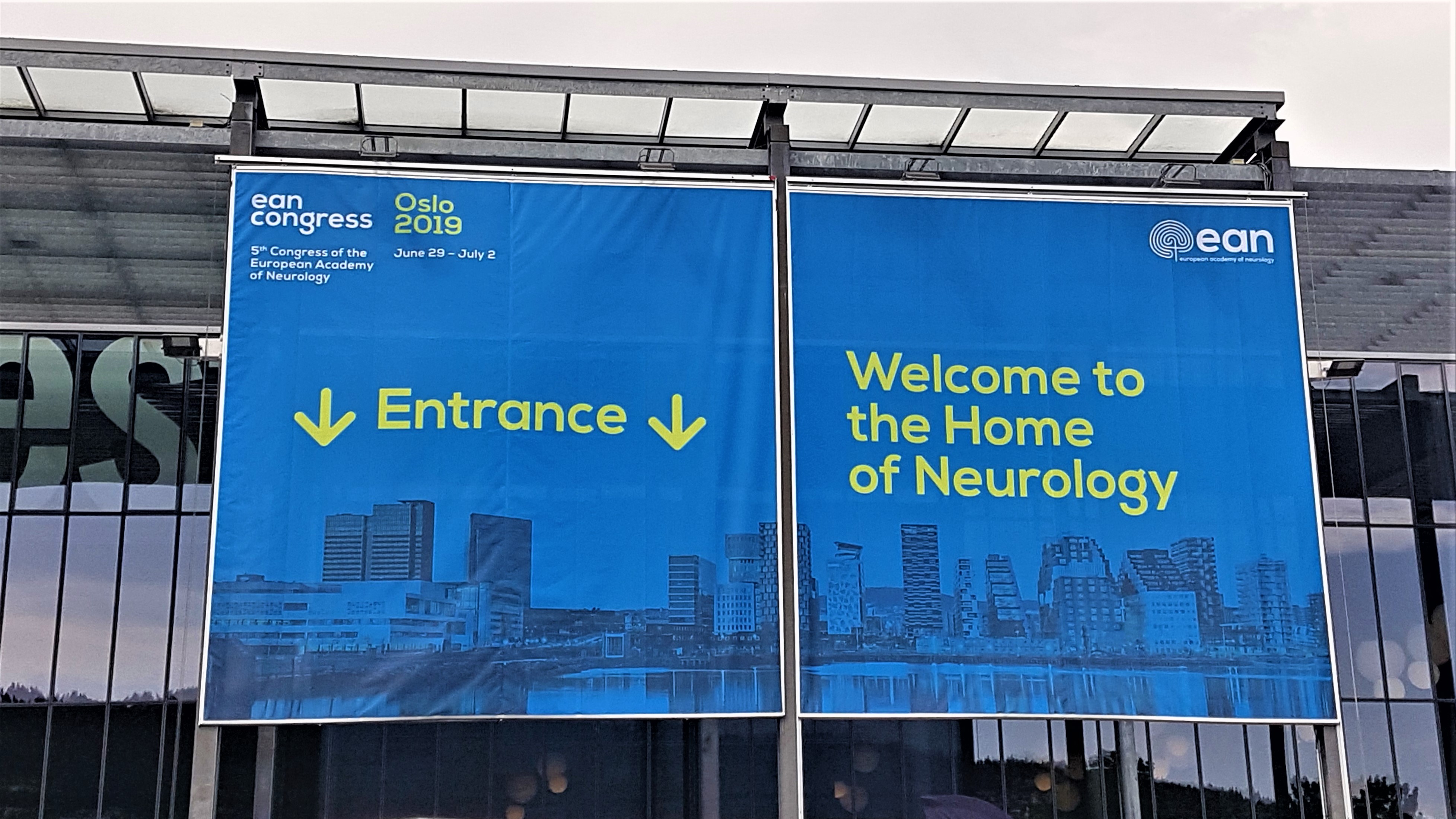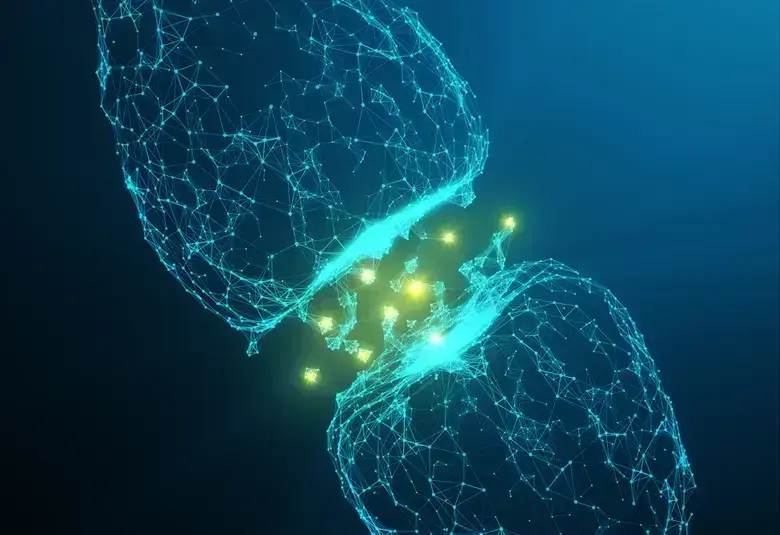Essential tremor is not a disease but a syndrome with many unknown etiologies, explained the recipient of the 2019 C. David Marsden Award during a plenary lecture at the 2019 EAN Congress supported by the European Basal Ganglia Club. The revised classification as a homogeneous subgroup of tremor syndromes signifies a new philosophy that may improve the likelihood of discovering etiologies and novel treatments.
A new definition of essential tremor
Essential tremor is one of the most prevalent movement disorders. Substantial advances in understanding of essential tremor, tremor associated with dystonia and other tremors since publication of the 1998 International Parkinson and Movement Disorder Society classification have led to significant revision in the updated 2018 consensus statement.1Essential tremor is now defined as isolated tremor syndrome of bilateral upper limb action tremor of at least 3 years duration with or without tremor in other locations (head, lower limbs) and without any explaining signs or symptoms for the tremor.
In addition, a new classification of essential tremor plus identifies tremor with the characteristics of essential tremor with additional neurological signs of unknown origin (e.g. impaired tandem gait, dystonic posturing, memory impairment).
“We have a new tremor classification with a new philosophy.”
In outlining current knowledge on the definition of essential tremor during the C. David Marsden award lecture, the speaker emphasized that the new definitions provide a better foundation for subclassifying the condition and the refined tremor classification will lead to new strategies for treating tremor subtypes.
“Separating essential tremor and essential tremor plus is necessary as the borderline to other tremors is not as strict as we had thought.”
Pathogenesis of essential tremor
The cause of essential tremor is a preformed oscillating network within the central nervous system but the reason why this network is getting into the tremor mode is unclear. As yet there is no evidence of neurodegeneration for the condition but possibly adaptive changes of the brain particularly in the cerebellum are likely. Abnormal connections in the cerebellar structures show plasticity most likely related to tremor.2No consistent genetic abnormalities have been identified linked to essential tremor. A possible abnormality of GABAergic function has been postulated (biochemically-reduced GABAA and GABAB receptor levels), as drugs targeting GABAergic function appear to suppress tremor.3
Treatment advances
The identification of homogeneous subgroups of tremor syndromes may improve the likelihood of discovering etiologies and novel treatments. Current treatment approaches for essential tremor include medication or surgical intervention, including deep brain stimulation (DBS).4 Improvement of tremor depends upon the intervention and the tremor location. DBS shows a significant improvement in tremor, although the long-term effect is controversial due to signs of habituation.5,6
The identification of homogeneous subgroups of tremor syndromes may improve the likelihood of discovering etiologies and novel treatments.
Aging-related (senile) tremor
Studies of essential tremor show two distinct age of onset peaks: early and late. Phenotypical differences between early- and late-onset essential tremor patients have been identified as a difference in progression rates, the frequencies of a positive family history, and history of a positive effect of alcohol on tremor.7
Late-onset tremor correlates with dementia and a shorter life expectancy of around 5 years.8 Tremor starting later in life is also accompanied by subtle signs of aging, both cognitively and physical, including reduced grip strength, cognitive function, and activities of daily living.
Our correspondent’s highlights from the symposium are meant as a fair representation of the scientific content presented. The views and opinions expressed on this page do not necessarily reflect those of Lundbeck.




